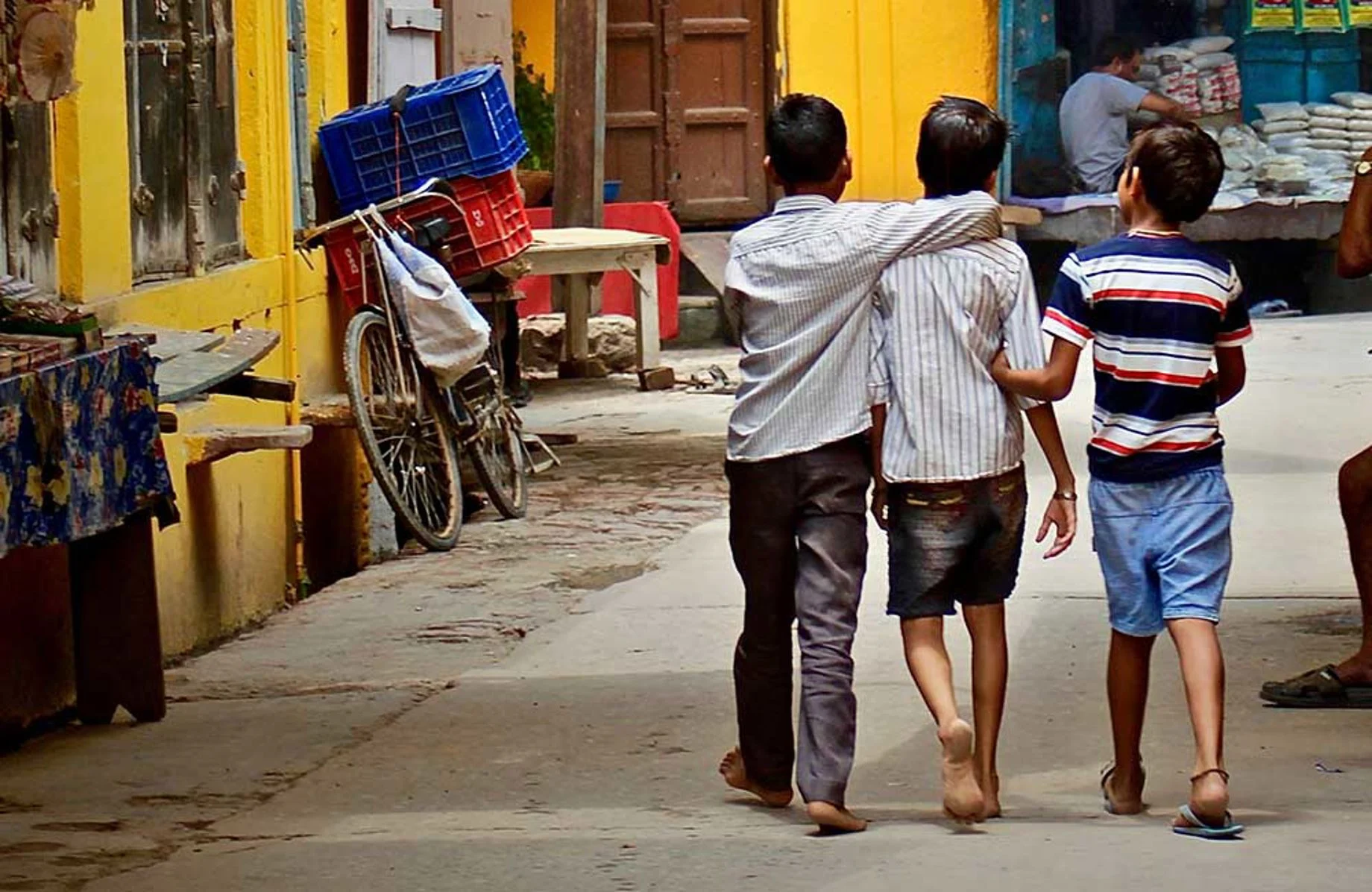Designing cities for children


Too often we make decisions about how our neighbourhoods are designed and operated that take no account of children’s needs. In reality a myriad of factors shape the urban experience for children and their parents: access to play areas, safe routes to and home from school, local air quality, decent and affordable housing, availability of public transport, the amount of public green space, among many others. Children’s development, mentally and physically, is also hugely impacted by the interplay of these factors.
By considering children’s experiences, we develop a vital to-do list for the future of any thriving city. Older, wealthier cities often find themselves trying to stop the drift of young families out to the suburbs and beyond – the hollowing out effect. In many developing economies, where urbanisation is moving at speed, children can represent up to half of the urban population, but lack consideration in planning or development.
In ‘Cities Alive – Designing for urban childhoods’ we provide a global snapshot of some of the most effective child-friendly urban planning. The report explores the issues in detail and, from Bogota to Barcelona, showcases some inspiring examples of what a child friendly city can and should be.
Download the report.
If you want to learn more, the Proximity of Care Design Guide developed by Arup and the Bernard van Leer Foundation is intended to help urban planners, designers, developers, city leaders and early childhood development practitioners embed child and family-friendly design principles into their work.
